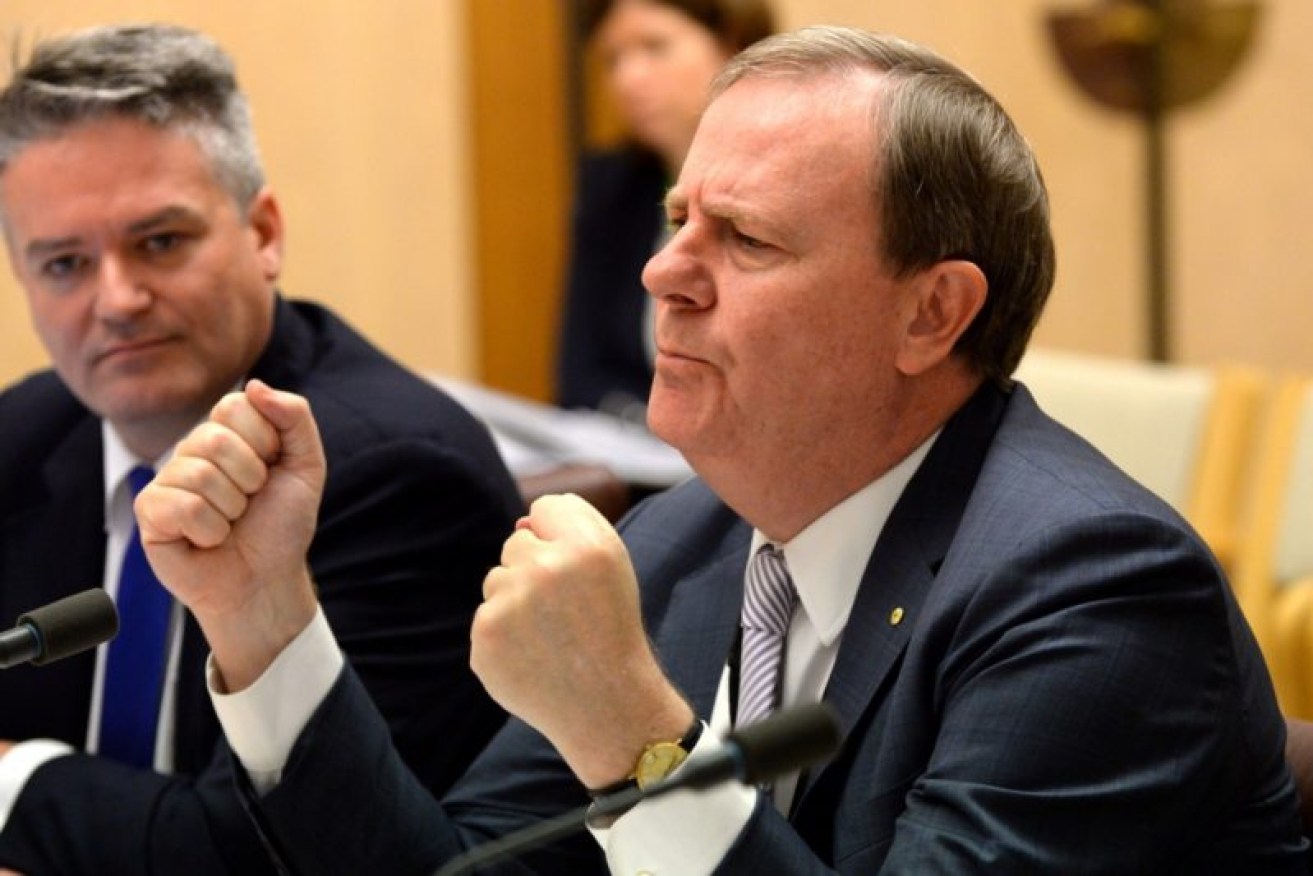Future Fund may struggle to cover super liabilities


Fund chair Peter Costello has his work cut out. Photo: AAP
Australian taxpayers could be forced to top up the pensions of federal public servants from 2020.
That is because the Future Fund, set up to pay Commonwealth public servant superannuation benefits, is now underperforming and running well below the targets set by a major government financial body.
The fund is being hit by weak stock markets and low interest rates at present and may not be able to cover public service super commitments as planned by 2020. The taxpayer would then have to make up the difference.
The Future Fund, chaired by its founder, former treasurer Peter Costello, has done well over time. It turned a $60 billion government investment into a $117.4 billion fund over 10 years at an average of 7.4 per cent a year.
Returns are tumbling
But recently things went pear-shaped. For the nine months to the end of March, the fund only returned 0.2 per cent, building its balance negligibly from $117.2 billion to $117.4 billion.
High returns earned in recent years are unlikely to come back any time soon as world interest rates are at record lows. And the Future Fund has a deadline.
By 2020 it needs to be able to cover the cost of the Commonwealth’s unfunded super payments, which are estimated to be somewhere around $7 billion a year by then. To do that the government had planned that it would have $140 billion in the kitty.
If the fund were to grow at its target rate of 4.5 per cent to 5.5 per cent above inflation, then it would get there. But that may be a hard target to achieve in the current environment with interest rates at an all-time low.
Returns likely to stay low
Ian Fryer, research chief with Chant West superannuation consultants, says the current environment could make it hard for the Future Fund to meet its targets.
“I expect low returns for the next few years with inflation at around 1.5 to two per cent and investment returns lower than in recent years,” he said.
As the chart below shows, the fund relies on debt and cash for 32.7 per cent of its returns. Low rates will mean cash and bonds produce very little returns.
The fund is lagging well behind asset targets set by the Australian Government Actuary that would allow it to make super payments prior to 2020, as the above table shows.
If the fund were to meet the AGA target in 2020 of $180 billion, it could make $7 billion in payments with only a 3.8 per cent return. If it makes the $140 billion target it would have to return five per cent to meet its mandate.
There’s a second element to the issue which is the growth of estimated superannuation liabilities. They stand at $169 billion now and are expected to grow 15.3 per cent by 2020 to $195 billion.
The gap is growing faster than the Future Fund at the moment, making it harder for the fund to make up the difference.
The lower return environment also widens the gap in another way. The government schemes the Future Fund is supposed to balance are known as ‘defined benefit.’
That means they guarantee to pay a set amount, usually a percentage of the retiree’s final salary, every year regardless of the returns they make.
So in low interest rate environments, the liability of the funds blows out as the investments needed to produce a set return are larger. Those schemes were too good to last and stopped taking members after 2005.
Nonetheless they still cover 350,000 people and their liabilities stretch long into the future as people live longer.
The Australian has reported that some actuaries believe the true extent of the liabilities could be between $400 and $600 billion as a result of these factors. If that’s right then the taxpayers will be up for a big future bill.
A spokeswoman for Finance Minister Matthias Cormann confirmed that the taxpayer would foot the bill for any Future Fund underperformance.
“To the extent to which drawdowns from the Fund after 2020 do not cover all unfunded pension payments, the amount will be funded from consolidated revenue.”








